
In the aftermath of World War II, the United Kingdom recognised the critical need to advance its guided weapons and ballistic missile capabilities to maintain strategic defense. The densely populated British Isles and geopolitical constraints made it impractical to establish a testing location within the UK. Consequently, in 1946, a British-Australian agreement led to the creation of the Anglo-Australian Joint Project. Australia, with its vast and sparsely populated interior, offered an ideal solution. Following an extensive survey, a site near Woomera in South Australia was selected. The location’s remoteness ensured safety from populated areas, its clear skies facilitated observational tracking, and the expansive landscape provided ample space for long-range missile tests.
Construction of the Woomera Test Range commenced in 1947. The initial phase focused on building essential infrastructure, including living quarters, operational facilities, and support services for the personnel. The town of Woomera was established to accommodate scientists, engineers, military personnel, and their families. At its peak, Woomera’s population exceeded 5,000, creating a vibrant, self-sustaining community.
The range was equipped with advanced tracking and telemetry systems, launch pads, and control centres, enabling comprehensive monitoring and analysis of missile tests. This infrastructure was critical for the precise data collection necessary for the development of guided weapons.
Early Testing and Projects
Woomera’s first major project was the development and testing of the British V-2 derived ballistic missile, known as the Long Range Weapon (LRW). Early tests in the 1950s were fundamental in understanding missile flight dynamics and the performance of various propulsion and guidance systems. The Long Tom, an early British ballistic missile, served as a test vehicle for guided weapons research, contributing valuable data leading to the more advanced Blue Streak missile.
Throughout the 1950s, Woomera hosted numerous collaborative projects under the Anglo-Australian Joint Project. These included the development of guided weapons systems and the testing of various anti-aircraft and surface-to-air missiles. As missile technology advanced, Woomera’s focus shifted towards space exploration and satellite launch capabilities.
Space Exploration Initiatives
The International Geophysical Year (1957-1958) marked Woomera’s participation in global scientific efforts, including the launch of sounding rockets like Skylark. Skylark, a British suborbital sounding rocket, was first launched from Woomera in 1957 and used extensively until the 1970s. These missions primarily focused on upper atmosphere research, astronomy, and microgravity experiments.
The Black Knight rocket, a British re-entry vehicle test program initiated in the late 1950s, aimed to test the re-entry characteristics of ballistic missiles. Successful launches from Woomera between 1958 and 1965 provided crucial data on re-entry dynamics and heat shielding.
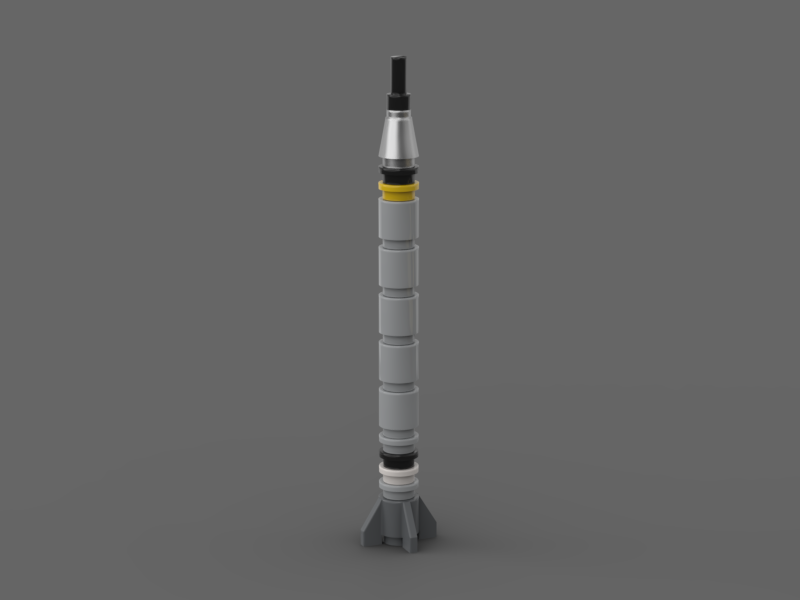
Black Knight

Black Knight
1st launch attempt:
Launch Site:
Orbital Type:
Country of Origin:

Black Knight

Black Knight
1st launch attempt:
Launch Site:
Orbital Type:
Country of Origin:

Black Knight

Black Knight
1st launch attempt:
Launch Site:
Orbital Type:
Country of Origin:
Formation of ELDO
The European Launcher Development Organisation (ELDO) was established in 1962 with the goal of developing a European satellite launch vehicle. The member countries included Belgium, France, Germany, Italy, the Netherlands, the United Kingdom, and Australia (as an associate member). The project was a response to the growing need for an independent European capability to launch satellites into orbit, reducing reliance on the United States and the Soviet Union.
Woomera was chosen as the primary launch site for ELDO due to its well-established infrastructure, extensive experience with rocket testing, and its remote location, which provided safety for long-range missile and rocket testing.
ELDO conducted several key launches at Woomera under the Europa program, with varying degrees of success. The Blue Streak, originally conceived as a medium-range ballistic missile (MRBM) by the UK, was repurposed as the first stage of the Europa satellite launch vehicle. Blue Streak’s development and testing were central to the ELDO program, with several launches from Woomera from 1964 onwards. Despite technical challenges and political issues, Blue Streak demonstrated significant engineering achievements.
The second stage was the French Cora, a suborbital test vehicle launched from Woomera in 1966, Cora’s successful flights provided essential data on propulsion systems and stage separation. The third stage was the German Astris, designed to provide the final push to achieve orbital insertion
The Europa program faced several significant challenges: Persistent problems with the third stage plagued the program, resulting in multiple mission failures. Managing a complex, multi-national project proved difficult, with differences in engineering practices and priorities among the member countries. The escalating costs of the program put a strain on the budgets of the participating nations, leading to increased scrutiny and pressure to deliver results.
In light of these challenges and repeated failures to achieve a successful orbital launch, the Europa program was eventually canceled in 1972. Despite the lack of a successful mission, the program provided valuable experience in international collaboration and rocket development, laying the groundwork for future European space initiatives, such as the European Space Agency (ESA) and the Ariane rocket program.
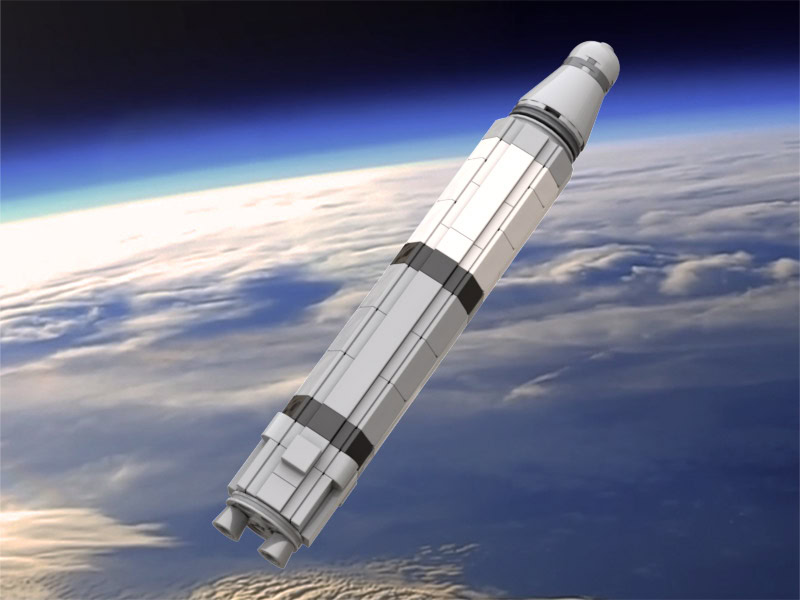
Blue Streak

Blue Streak
1st launch attempt: 4 June 1964
Launch Site: Woomera Test Range
Orbital Type: Suborbital
Country of Origin: Great Britain
model by Dan Fallon (phreaddee) Nicolas Riveau (LegoRocketCollection)
More details > View on Rebrickable > View on >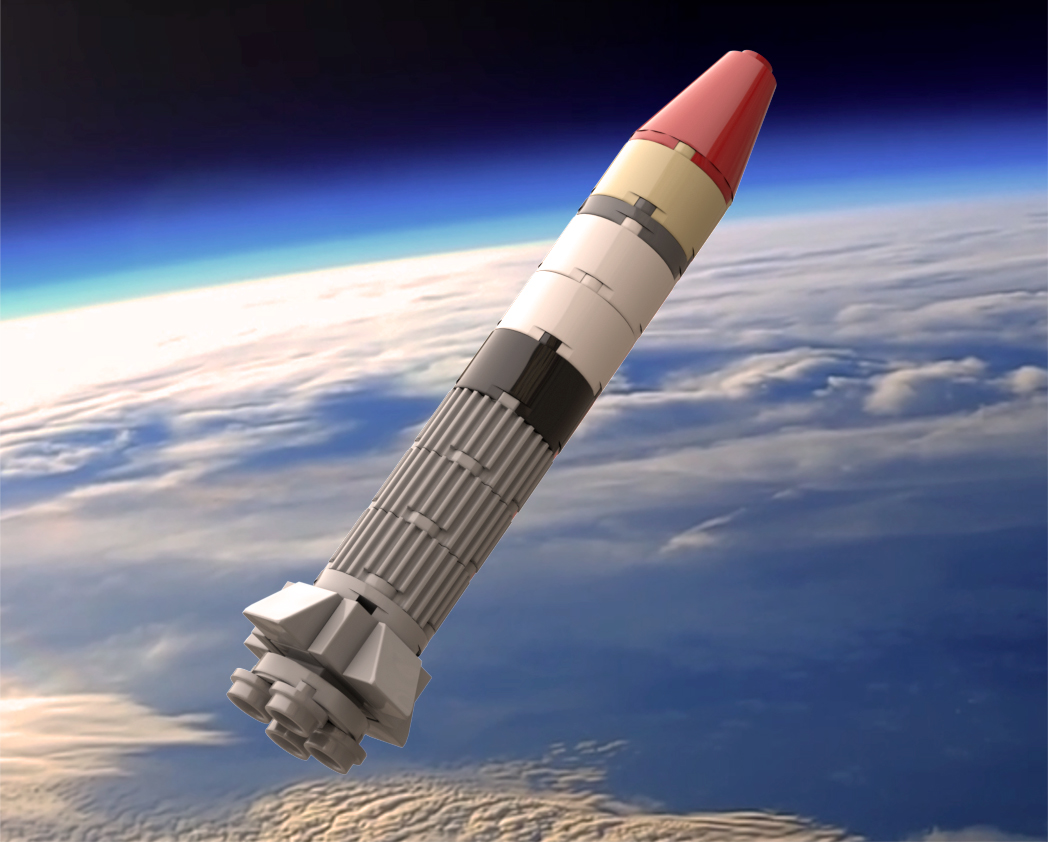
Cora

Cora
1st launch attempt: 27 November 1966
Launch Site: Hammaguir, Algeria
Orbital Type: Suborbital
Country of Origin: France
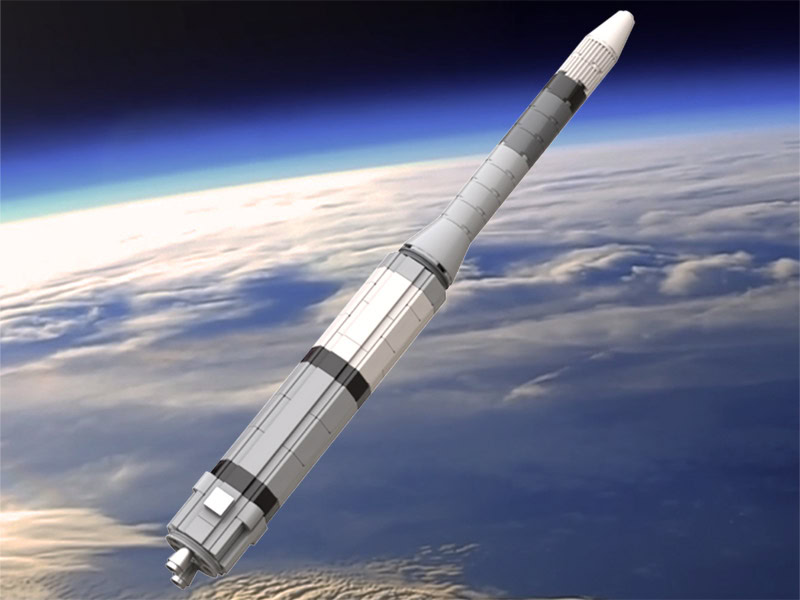
Europa

Europa
1st launch attempt: 23 May 1966
Launch Site: Woomera, Australia
Orbital Type: Suborbital
Country of Origin:
The WRESAT Launch: Australia’s Foray into Space
The Woomera Rocket Range Experimental Satellite (WRESAT) project marked a significant milestone for Australia, highlighting its scientific and technological capabilities in space exploration. Initiated as a collaboration between the Weapons Research Establishment (WRE) of the Australian Department of Supply and NASA, the project aimed to develop and launch Australia’s first artificial satellite.
WRESAT was designed to study the upper atmosphere and ionosphere, providing valuable scientific data. Equipped with sensors for atmospheric composition, solar radiation detectors, and ionospheric measurement devices, WRESAT was launched using a modified Redstone rocket, the Sparta, provided by NASA.
On November 29, 1967, WRESAT was successfully launched from Woomera’s Launch Area 8, making Australia the seventh nation to launch an artificial satellite. The satellite remained in orbit for 73 days, transmitting valuable scientific data back to Earth.
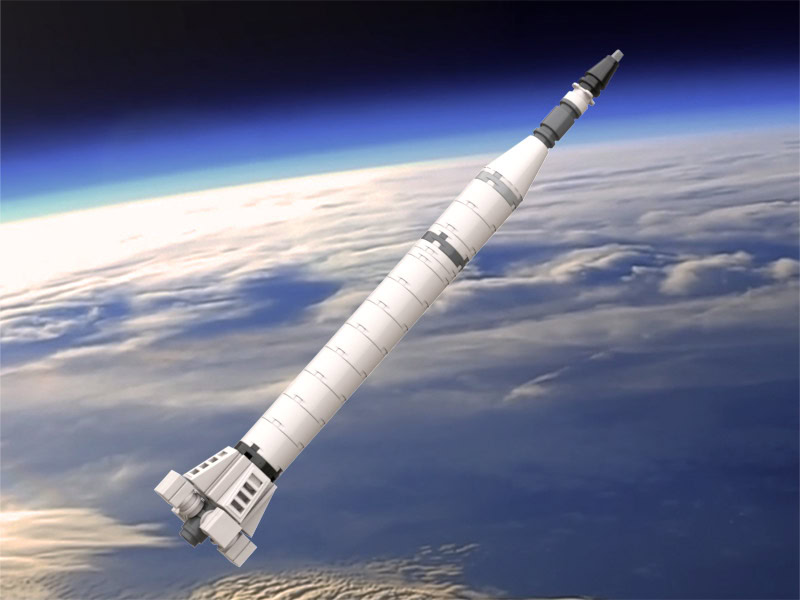
Wresat

Wresat
1st launch attempt:
Launch Site:
Orbital Type:
Country of Origin:
Black Arrow
Black Arrow, a British satellite carrier rocket developed in the 1960s, was specifically designed to launch small satellites into low Earth orbit. Its most notable achievement was the successful launch of the Prospero satellite in 1971, making the UK one of the few countries to independently launch a satellite. Woomera was the site for all Black Arrow launches, including its successful and final mission.
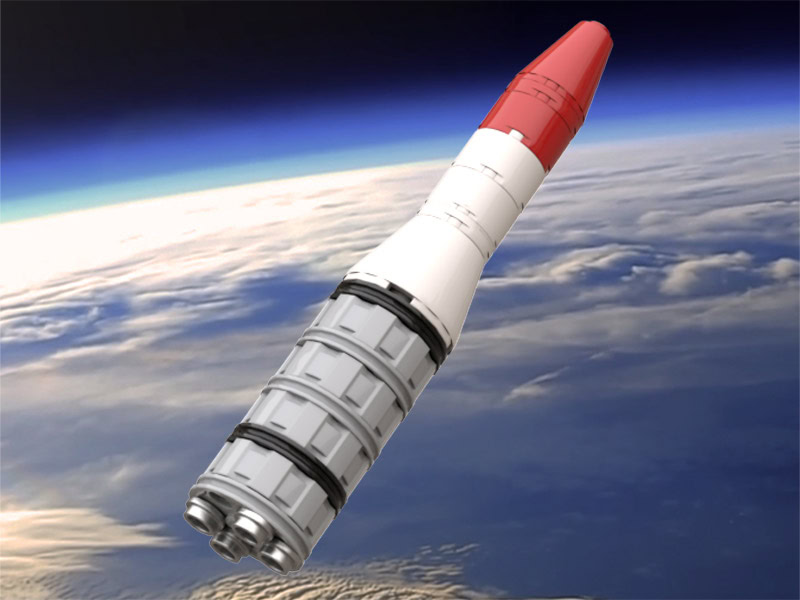
Black Arrow

Black Arrow
1st launch attempt:
Launch Site:
Orbital Type:
Country of Origin:

